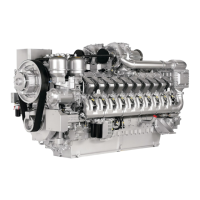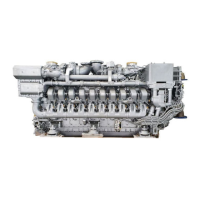Why MTU Engine does not turn when starter is actuated?
- PParker EvansAug 17, 2025
If the MTU Engine doesn't turn when starting, it might be due to a low or faulty battery, in which case you should charge or replace it. Another cause might be faulty cable connections; ensure they are securely seated. Other possible causes are related to the starter or engine wiring, and require contacting service.



